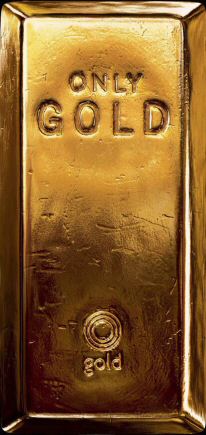Strong Q1 Demand for Gold Expected to Prevail in 2011
May 23, 11
The leading macro-economic drivers of future gold demand, according to the Council’s recent Gold Demand Trends report, are that prevailing global socio-economic conditions will continue to drive investment demand for gold. These include continued uncertainty over the U.S. economy and the dollar, ongoing European debt concerns, global inflationary pressures and continued tensions in the Middle East and North Africa. Private consumption is another leading driver, according to WGS, which points to Chinese and Indian jewelry demand will underpin growth in the jewelry sector throughout 2011. “Strong demand in India during the recent Akshaya Tritiya festival and the beginning of the wedding season, alongside extensive purchasing on dips in the gold price, underlines the strength of the Indian market.” Finally, purchasing by the official sector is expected to continue in 2011 as central banks turn to gold to diversify their reserves into an asset with no credit or counterparty risk. The quarterly average gold price hit a new record of $1,386.27 per ounce, its eighth consecutive year-on-year increase. Jewelry demand in the quarter increased 7% to reach 556.9 tonnes, reaching a record quarterly value of $24.8 billion. India and China together accounted for 349.1 tonnes or 63% of the total, a value of $16 billion. China’s jewelry demand reached a new quarterly record of 142.9 tonnes ($6.4 billion) up 21% from 118.2 tonnes in the first quarter. Investment demand grew by 26% to 310.5 tonnes. In value terms, investment demand was $13.8 billion. The main growth came from bar and coin demand which increased by 52% year-on-year, to 366.4 tonnes. In value terms, this represented a near doubling of demand to $16.3 billion. While demand is rising, supply declined by 4% to 872.2 tonnes in the quarter. This decline was due to a sharp increase in purchasing by the official sector and a fall in the supply of recycled gold, which was down 6% to 347.5 tonnes. Mine production increased by 44 tonnes year-on-year, a growth rate of 7% from year earlier levels, with negligible net producer de-hedging.
